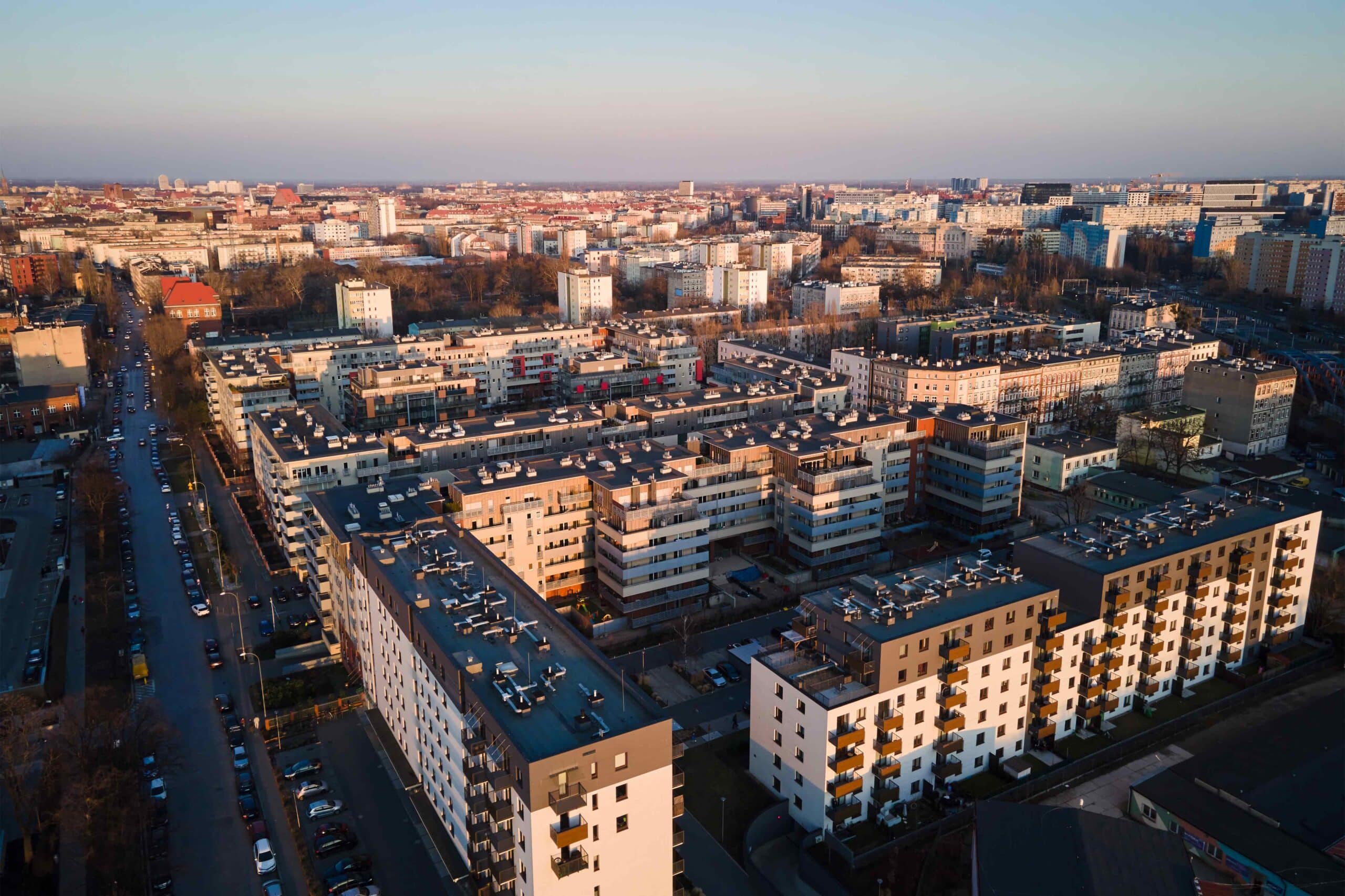The Polish housing sector in limbo
A study released in August by Deloitte found that the average mortgage interest rate in Poland is 8.06%. By comparison, homeowners in Croatia, Slovenia, and Slovakia, all eurozone members, are paying under 4%.
The cash for mortgage subsidies earmarked in the 2025 budget for first-time buyers will now be redirected to areas devastated by Storm Boris, leaving the housing sector without the expected stimulus. The decision on the range of assistance available for housebuyers has been one of the most debated items since the draft 2025 budget was published. On September 24, the government redrafted its financial plans to find funding to help flood victims in southwest Poland rebuild their homes in the wake of Storm Boris.
While the nation breathes a sigh of relief that those whose properties and possessions were swept away will get a chance to rebuild their lives, this move leaves a significant gap in the housing market. Developers and homebuyers were hoping that the subsidies would help stimulate the sector, but now housebuyers will no longer be able to apply for an interest-free loan to help cover a deposit on a house or flat. The 500 million złotys that the Development Ministry had suggested for first-time buyers and large families is no longer available.
This shift raises important questions about the future of Poland’s housing market, which is currently in a state of flux. Many potential homebuyers have been unwilling or unable to make purchases due to various factors. The number of new housing loans in the second quarter of this year was down nearly 30% compared to the previous quarter, according to a study by the banking lobby ZBP. Analysts from the ZBP report note that the market is in a “waiting phase,” with potential buyers considering whether to take advantage of current credit offers, wait for the introduction of new support programs, or hope for housing prices to fall.
However, the delay in the government’s deposit assistance scheme is only part of the issue. Another key reason borrowers are holding back is that mortgage rates in Poland are the highest in Europe. A study released in August by Deloitte found that the average mortgage interest rate in Poland is 8.06%. By comparison, homeowners in Croatia, Slovenia, and Slovakia, all eurozone members, are paying under 4%. The National Bank of Poland kept interest rates steady in September at 5.75%, making it one of the few central banks unlikely to cut rates before the second quarter of 2025.
These challenges have resulted in a glut of properties for sale. According to the property site Gethome, the number of properties on the secondary market reached a record high, with six of Poland’s seven largest cities seeing more property listings in August—typically a slow month for sales—than in July. Over 96,000 properties were listed on the main property sites, Otodom and OLX, marking a new record. Meanwhile, developers are also facing an oversupply of newly built properties. Poland’s Statistics Office reported an above-average number of new housing plans registered in the second quarter of 2024.
Despite this surplus of properties, prices have not fallen significantly. While prices have decreased in Kraków, they remain static in cities like Warsaw and Łódź. Experts at Gethome suggest that prices haven’t dropped because many of the lower-priced properties were already sold, leaving only more expensive options on the market.
One might expect that an oversupply of housing would lead to a drop in prices, but that may not be the case. Bartosz Guss, Director of the Polish Association of Developers, told Radio Zet that developers are unlikely to lower prices by more than “a few percent.” He cited rising land prices and low profit margins as key reasons for this price inelasticity. Developers are also facing increased costs due to stricter environmental regulations from the EU. In its Q2 construction sector report, EY identified ESG considerations as one of the primary challenges for developers this year.
While some reports suggest that housebuilders’ gross margins can reach as high as 46%, Guss pointed out that such figures do not account for the fixed costs that developers must cover during the 3-4 years that a construction project is underway. As a result, actual profits are much lower than those headlines suggest. In response to the current oversupply, observers believe developers may slow the pace at which they make properties available for sale.
However, this strategy could run into complications if the government implements a tax on empty properties, a policy proposal favored by the Leftist party, part of the ruling coalition. Poland has approximately 2 million empty properties, many of which are abandoned in rural areas with declining populations. In urban areas, these vacant properties are more likely to be short-term rentals without permanent tenants or empty flats awaiting sale. A tax on empty properties could incentivize owners to rent them out or sell, potentially increasing the supply of properties on the market and exerting downward pressure on both sales prices and rents.
Should such a tax be introduced before interest rates come down, yields on buy-to-let properties in some cities may fall. Nevertheless, ING analysts believe the property market will improve in 2025, especially if some construction firms shift their focus to projects eligible for EU funding. While the current situation presents challenges, there is still hope for recovery in the near future.







